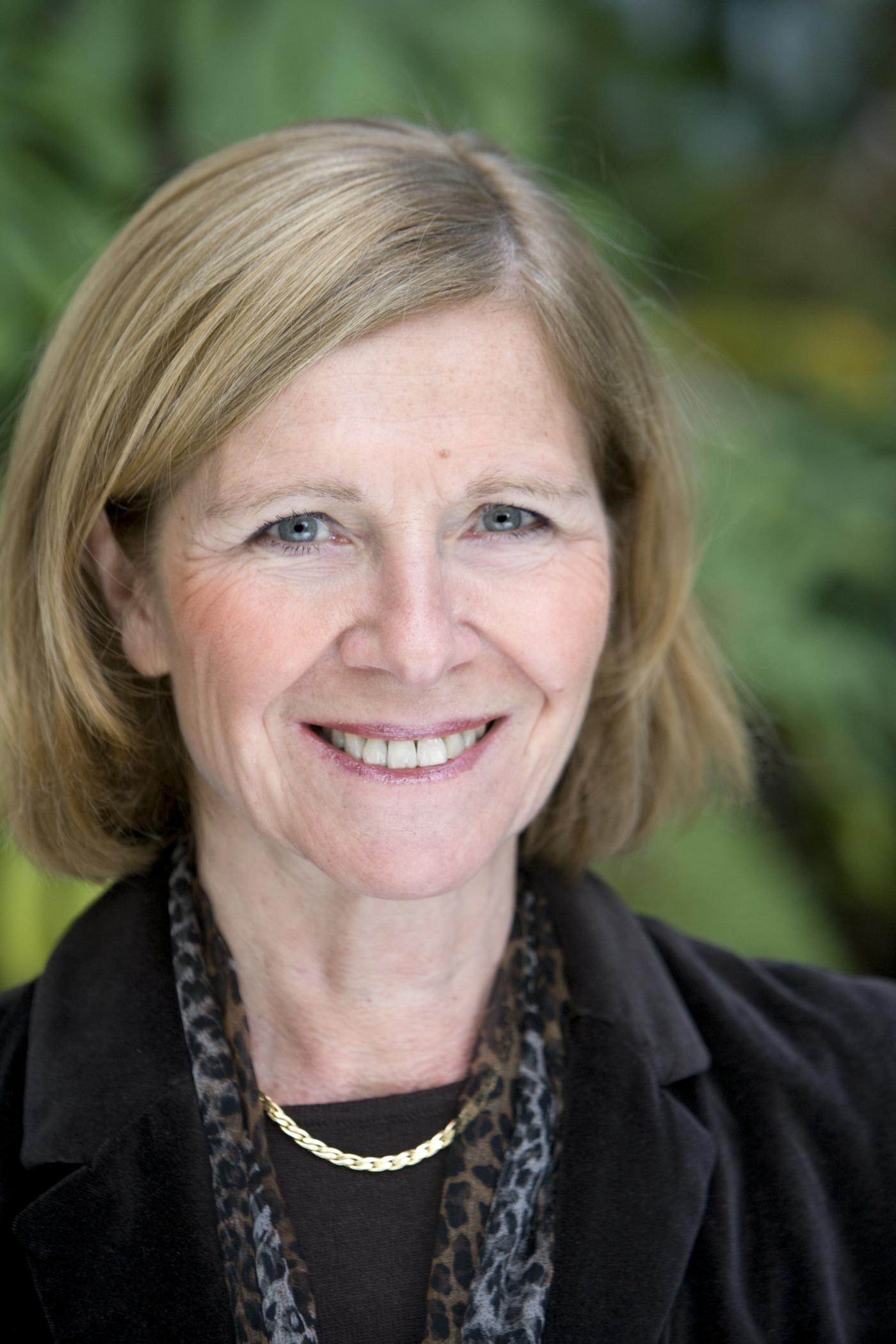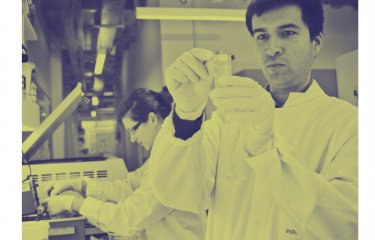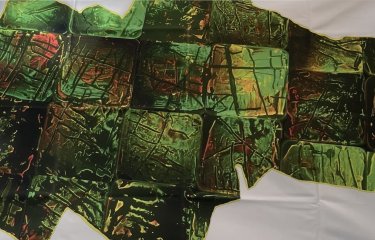Professor Pascale Cossart of the Institut Pasteur in Paris will be honoured with the 2018 Heinrich Wieland Prize for her fundamental contributions to Molecular Infection Biology. Cossart’s innovative research has unravelled how pathogenic bacteria, in particular food-borne Listeria, enter human cells, use the host cells’ own mechanisms to do so, and trick and evade the immune system. Her discoveries have paved the way toward new therapies for bacterial infections, which kill several million people worldwide each year. The 100,000-euro prize awarded by the non-profit Boehringer Ingelheim Foundation will be presented during a scientific symposium in Munich, Germany, on 22 November 2018.
When Cossart started her studies 30 years ago, very little was known about Listeria monocytogenes, the food-borne pathogen that causes listeriosis, which can lead to encephalitis, gastroenteritis, and extreme sepsis. In particular for people with a weakened immune system, listeriosis is often deadly or can cause life-long health problems. Cossart’s investigation of the interplay between L. monocytogenes and the host cell’s machinery has yielded much of our understanding of how infections occur and how to combat them. This is important knowledge in light of the rising resistance of pathogens to antibiotics and the role of both bacterial and viral infections in the development of certain forms of cancer. Today, L. monocytogenes is amongst the best-studied bacterial pathogens and widely used as a model to study infectious processes.
“Thanks to the enormous breadth and impact of Pascale Cossart’s scientific discoveries, we are gaining a complete picture of how Listeria and other pathogenic bacteria can make us sick or even kill us,” said Professor Felix Wieland, chair of the board of trustees that selects the Heinrich Wieland laureates. “She has given us invaluable knowledge on how bacteria infect us and how our bodies respond to them. By doing so, she has had, and continues to have, a major impact on such diverse fields as molecular biology, cell biology, and microbiology. In fact, Pascale Cossart has pioneered a new field – Molecular Infection Biology.”
Cossart invented new approaches by combining molecular and cell biology with bacterial genetics. As a result, she and her colleagues were the first to uncover how L. monocytogenes enters cells by disguising itself as belonging to the host, moves around inside those cells, repurposes the cellular machinery of infected cells to serve its own needs, and spreads in our body.
Cossart discovered key molecules that L. monocytogenes needs, and mechanisms it uses, to breach the host’s body barriers: the lining of our gut and the barrier between mother and foetus – the placenta. To cross the gut barrier, Listeria mimic a molecule that is recognized by so-called E-cadherin molecules on our cells. This tricks the cells into engulfing the bacterium. The cells wrap the bacteria in a membrane bubble, which is usually destroyed together with its content. However, once inside the cell, Listeria can escape the bubble and start to multiply. This triggers the host’s immune system to send out certain immune cells to recognize and destroy the body cells invaded by the bacteria in an attempt to stop the infection. This special type of immune response evoked by Listeria has inspired researchers to develop harmless variants of the bacterium as vaccines for cancer treatment.
Cossart was also among the first to dissect which signals L. monocytogenes uses to move inside the host cell by repurposing the cell’s cytoskeleton, a network of filaments and tubules that extends throughout the cell and gives it its shape. The so-called actin filaments of the cytoskeleton respond to the intruder’s signal and start to assemble in a comet-like tail at one end of the bacterium, thereby pushing it across the cell and eventually into neighbouring cells. Understanding how these comet-like tails are formed has helped to elucidate how actin filaments assemble and disassemble and thus, for example, how cells can move within tissues.
While studying what happens within the bacteria themselves during infection, Pascale Cossart also discovered the first RNA thermosensor involved in virulence, an RNA molecule that switches on bacterial virulence genes once L. monocytogenes is ingested and warmed to body temperature. Such so-called riboswitches are a fast and elegant way of activating a whole group of genes in response to changes in the organism’s environment. Cossart and other researchers found that riboswitches are used by bacteria much more widely than previously thought, for example, if different nutrients become available, or antibiotics are administered. Riboswitches may thus be used to develop a new class of antibiotics to fight bacteria.
In her recent work in the field of epigenetics, Cossart has shown that Listeria use toxins to manipulate the way the genes are packaged within the host cell’s nucleus. As the packaging of genes determines whether they are active or remain dormant, this is an essential step in exploiting the host cell’s machinery to serve the pathogen’s needs.
In sum, Pascale Cossart’s research has been – and will continue to be for many years to come – the basis for discoveries about infectious bacteria and how we can fight them.
Pascale Cossart – the biography

Heinrich Wieland Prize – the award
This international award honours outstanding research on biologically active molecules and systems in the fields of chemistry, biochemistry, and physiology as well as their clinical importance. The 100,000-euro prize is named after the Nobel Laureate Heinrich Otto Wieland (1877–1957) and has been awarded annually since 1964. Among the awardees – selected by a scientific Board of Trustees – are four later Nobel Laureates. Since 2011, the prize has been endowed by the Boehringer Ingelheim Foundation.





